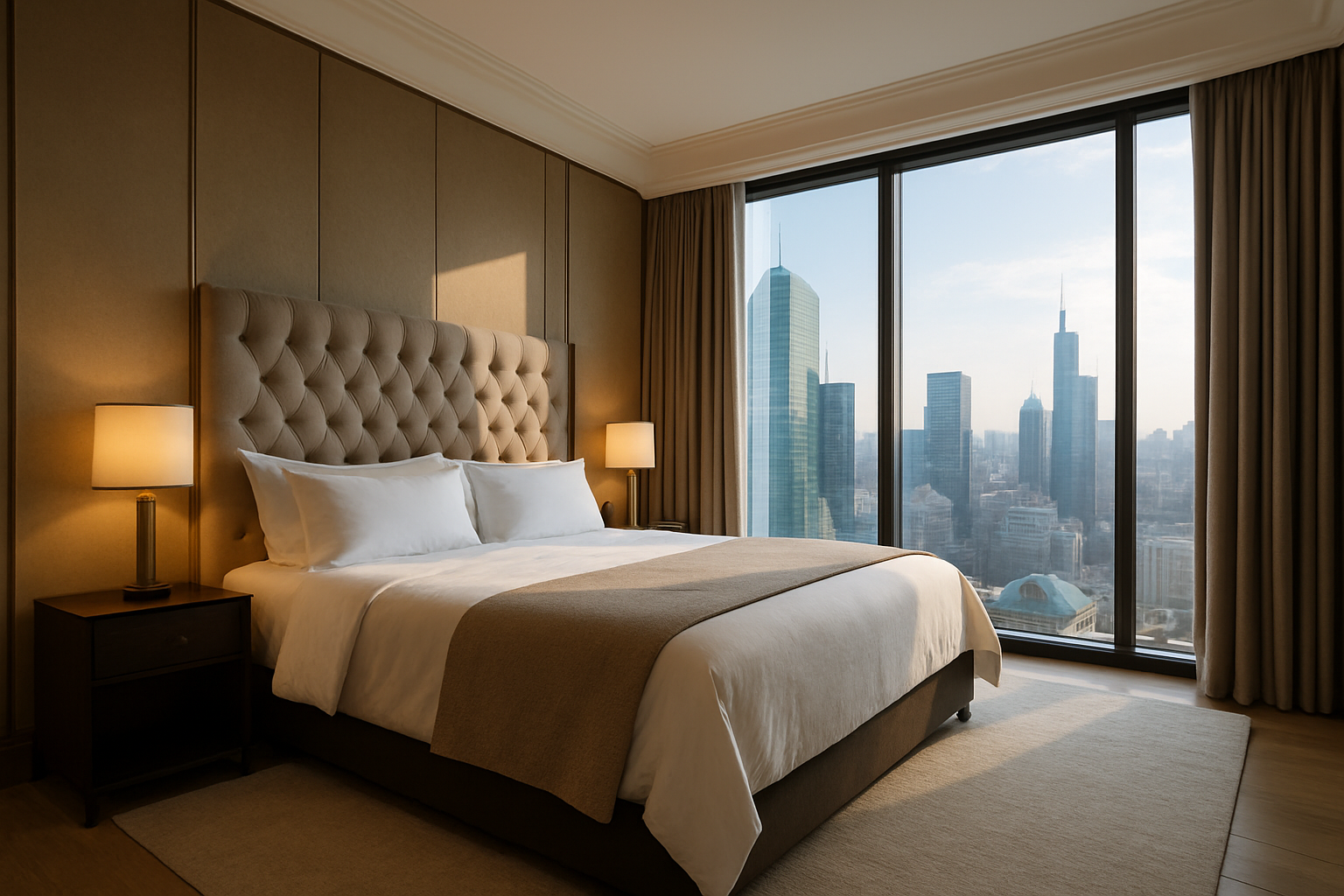Beds as we all know
Uncategorized Bed, beds, Rest, SleepBed History: A Journey from Straws to Intelligent Sleep
Beds are more than simple furniture. They represent comfort, status, health and technological advancements. For thousands of years, primitive grass mountain beds have evolved into highly developed smart sleep systems that monitor their health and adapt to their body needs. The history of beds reflects the history of civilization itself – how people adapted their environment to create calm, safety and even luxury. These basic bed linen arrangements provided specific insulation from the cold earth and protection against insects. Archaeological knowledge from a South African location suggests that people used bed linen and ash to prevent pests 77,000 years ago. The wooden frame lifts the sleeper off the ground, reducing exposure to dirt, moisture and pests. The wealthy Egyptians continued this concept by adorning their beds with golden feet and sculptures. Surprisingly, Egyptian beds were used, which were often hammered by the feet, and sleepers used fixed stones and wooden headrests instead of pillows. Her focus was not only on functionality, but also on comfort.
The Romans dramatically expanded these ideas. The beds are now in a multifunctional range for sleep, diet and even positivity. The Rome Triclinium, a food bed, allowed guests to sit when they were beating. Roman mattresses consisted of hay, wool or feathers and rested on artistically woven support.
Beds represented social status. While the Roman elite enjoyed luxury sleep arrangements, slaves and poor people are often slaves on hard floors and crude mats. In most of the early Middle Ages, ordinary people slept on straw floors that were placed directly on the floor. Comfort was minimal, and exposure to cold and pests was a common problem.
However, the rich started using wooden frames with straws or feathered mattresses. After the late Middle Ages, four shop beds with heavy curtains for insulation and privacy became trademarks of aristocratic homes.
One of the most famous beds of this time is the large bed in Kew, built around 1590. It was very well known for its attractions for tourists. Especially in France and Italy, beds have become bigger and more decorated. During the 17th and 18th centuries, nobles showed wealth through great covered beds of silk, velvet and gold embroidery. Every morning and evening, members of the Royal Court visited the rituals of the King of Versailles (Rising) and coucher (Bed). Early versions of Spring mattresses appeared in the 18th century and provided improved support compared to straw and feather mattresses. The beds are now more affordable than the factory, which has iron and brass frames that are more hygienic and resistant to bugs. In 1865, the first patent for a coil suspension mattress was filed, signaling a major advance in sleep technology.
However, not all beds were created equally. Low-cost, effective, mass-produced beds often suffered from craftsmanship, which led to slack frames and unpleasant sleeping experiences.
20th century: Science and innovation. Health experts have begun promoting ergonomic design and proper mattress support. These beds provided personalized comfort, especially for those with medical needs. Memory foam was originally developed to improve aircraft seats, but was quickly popular with mattresses, ensuring excellent pressure relief and comfort. Waterbeds were eventually sold in luxury and sensuality, reaching 22% of mattress sales. Despite their charm, they often turned out to be unrealistic, they were difficult, tasty and difficult to deal with. Beds have entered the digital age. Intelligent mattress can monitor sleep patterns, automatically adapt the intensity and adjust the temperature all night long. Handcrafted from natural materials such as rose hair, cotton and flax, Vivid costs over $100,000, but promises an unparalleled sleep experience. History
Some beds have become legendary due to their comfort, craftsmanship, or cultural influences.

